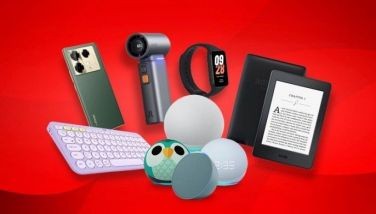Managing loose change
January 5, 2004 | 12:00am
Retailers, bankers, and wholesalers have something in common–they have to manage change! But no, this article is about the "management of change" as taught in management schools. It is about the management of change as in "loose" change.
The first observation had to do with the single price policy of the store. All the food viands were priced at the same amount. However, what was interesting was that the sizes of portion varied and were adjusted to meet margin and price constraints. What was equally interesting was the determination of the constant retail price. The amount was designed such that it would be easy to calculate the bill without a calculator and the mind of a math wizard. The other logic was to issue out the total bill with less complication on change. Another logic was to price at a level that would allow the customer to have a little of everything. For example, each viand was priced at P10 or about 20 US cents. The price allowed the customer to have fish or meat and vegetable on top of the rice. If the person wanted more, a viand can be doubled. At the end of the meal, the number of viand plates are simply summed up and multiplied by ten. Since the total bill is a multiple of 10, the change will either be a multiple of ten or none at all. The system allows for two things to happen–less time lost to determine the bill and less time lost for the paying cycle. There is less time consumed for bill calculation and no time lost looking for change. Translated into resource management, this can mean less resources needed for billing and paying activities or more time for marketing and selling efforts.
|

























